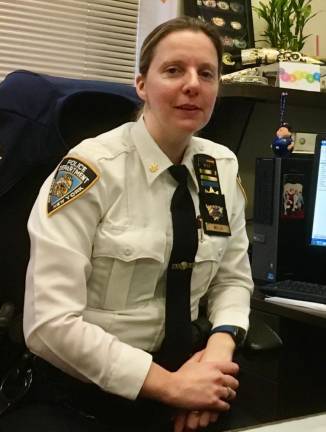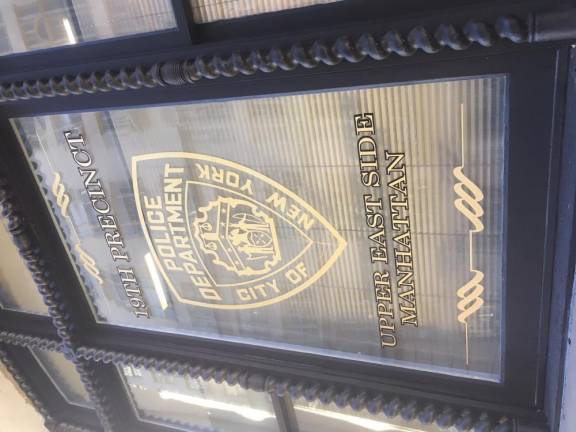Two months into 2020, crime rates on the Upper East Side are up compared to this time last year across multiple dimensions.
In a tragic turn of events, the neighborhood saw its first murder in two years with the death of Kenneth Savinski in January. Oklahoma resident Alex Ray Scott turned himself in to police in the days following the murder. He entered a plea of not guilty and will return to in Manhattan Criminal Court on April 1.
Meanwhile, the year-to-date number of burglaries, robberies and car thefts on the Upper East Side have also increased.
While the numbers are concerning, there’s no cause for panic, according to Inspector Kathleen Walsh, commander of the 19th Precinct.
A closer look at the data on recent crime on the Upper East Side reveals a number of citywide and unexpected factors contributing to some of the upticks.
For example, of the 52 burglaries recorded so far in 2020, the majority took place at commercial locations. Of those, 13 were what’s called “trespass notice,” in which a repeat shoplifter who has been banned from a store returns and steals again. The ban effectively raises shoplifting, usually classified as petty larceny, to the more serious crime of burglary.
“Unfortunately we have a few that are repeat offenders. If you get picked up for a burglary now, you’re not getting [assigned] bail, so you’re coming back out again,” Walsh noted, referencing the statewide bail reform policy that went into effect on January 1. The legislation forbids arraignment judges from setting bail for suspects accused of most misdemeanors and lower-level felonies.
Another factor that contributed to commercial burglary on the Upper East Side was a borough-wide pattern of store break-ins that police traced to a roving band of juveniles. The modus operandi matched seven late-night burglaries within the 19th Precinct. The police arrested suspects they believe to be linked to the burglary spree in mid-February.
“The seven of ours, none of them had alarms that activated. Some had them, but they didn’t have them on; some didn’t have them. So we’ve gone back and encouraged those who had alarms to activate them and those who didn’t to please activate,” said Walsh.
Of the 13 burglaries of Upper East Side residences this year, seven were package thefts, for which four arrests have already been made.
On the subject of robbery, Walsh reiterates the importance of paying attention to one’s surroundings and being mindful of showing off valuables like smartphones on the street or in the subway.
Of the 42 robberies on the Upper East Side in January and February, 20 (48 percent) took place on the street. Another 31 percent started off as shoplifting incidents but then escalated to violence or threats, often when store employees attempted to intervene.
Walsh does not encourage storekeepers to act heroically, telling Straus News, “I’d rather they not try and stop them.”
Finally, in terms of car thefts, the mild winter may have something to do with the 366 percent jump from three in the first two months of 2019 to 11 so far in 2020.
“Our GLAs [grand larceny auto] usually spike in the spring and the summer, particularly of motorcycles,” Walsh explained. “Usually it will die down when the cold weather comes around, but this year it hasn’t because the weather hasn’t been too bad. Walsh also notes that of the 11, three were cases in which the driver left the keys in the ignition while away from their vehicles.
While most of the year-to-date crime numbers may be a simple aberration, Walsh does not qualify Savinski’s murder, which she calls “a tragedy.”
“The scene was processed from top to bottom,” Walsh assured. “Even though we had a confession, you want to make sure you have all the physical evidence to back it up. One is one too many.”

